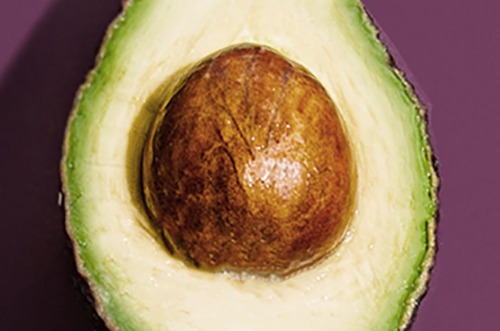W30: Avocado Update

In W30 in the avocado landscape, Mexican Hass avocado prices experienced a significant surge in July, reaching USD 3.47/kg, the highest level since Sept-22. The harvest in Mexico was affected by adverse conditions, including high temperatures and water scarcity, leading to lower avocado volumes from April to July. Consequently, the reduced supply contributed to the price increase. Furthermore, the avocado industry in Mexico's Jalisco region has experienced steady growth, with an average annual growth rate of 6.3% in the harvested area over the past decade, driven by increasing exports. Sustainability is a central focus for avocado cultivation, with efforts toward reforestation and water conservation. The upcoming 7th Jalisco Avocado Congress, themed "Technology, sustainability, and Profitability," will address these topics and seeks to enhance production efficiency and quality. Participants will also explore new techniques, modernization, and market expansion, including efforts to open markets in China, South Korea, Malaysia, and India. The congress aims to bring international producers to share knowledge and contribute to the industry's ongoing success.
Colombia's avocado industry has seen steady growth in its harvested area and production, with a focus on sustainability and environmental preservation. The country's major avocado-producing regions include Tolima, Caldas, Antioquia, Santander, Valle del Cauca, Risaralda, and Quindio. The main export markets are the Netherlands, the United Kingdom (UK), Germany, Spain, France, and Norway, with growing interest from the United States (US), Estonia, and Luxembourg. The Hass avocado variety dominates exports and is favored by European buyers. The Colombian avocado market has witnessed substantial growth, with increasing demand from the Netherlands, the US, and Germany, and offers potential for further expansion. Ecuador's avocado industry has achieved a significant milestone with the signing of a work plan between the Phytosanitary Regulation and Control Agency (Agrocalidad) and the Animal & Plant Health Inspection Service (APHIS), allowing Ecuadorian avocados to enter the US. This agreement comes after technical discussions and represents a promising opportunity for the country's avocado exports. In 2022, avocado exports brought more than USD 1 million to Ecuador, with shipments to various destinations worldwide. With the opening of the US market, approximately 11 thousand people involved in the avocado production chain stand to benefit. Ecuador has 160 registered avocado producers across several provinces, making it a promising sector for economic growth.
Avocado prices in Chile had a significant drop in recent weeks, with an average fall of 37% at USD 4.40/kg (CLP 3,700/kg) in the Coquimbo region and 13% in the Arica and Parinacota region at USD 3.87/kg (CLP 3,250/kg). Ñuble and La Araucanía have also experienced price reductions at an average of USD 4.74/kg (CLP 3,983/kg). The decrease in prices is partly attributed to the entry of avocados from Peru into the country. On the other hand, despite facing external and internal factors, the current Peruvian Hass avocado campaign is projected to grow at a single-digit rate of 8%, a departure from previous years of constant growth. However, plans are in place to return to double-digit growth with a target of 10% for the next campaign. The president of the Association of Hass Avocado Producers of Peru (ProHass) emphasized that while the growth rate may be slower than before, the continuous expansion of the avocado industry is a positive trend, driven by a persistent focus on maintaining high-quality standards.
Lastly, Kenya is a significant player in the global avocado market, being the sixth-largest producer and the eighth-largest exporter of fresh avocados. The main export destinations for Kenyan avocados are Europe, with the Netherlands, France, and Spain being the largest buyers, as well as the Middle East, including the United Arab Emirates and Saudi Arabia. The country has over 40 avocado varieties, with Hass and Fuerte being the most exported types. Avocado production occurs throughout the year due to Kenya's equatorial climate, with the main season from February to October. The major producing regions are Murang’a, Nyeri, Kiambu, and Mt. Kenya, where smallholder farmers account for 70% of avocado cultivation.



